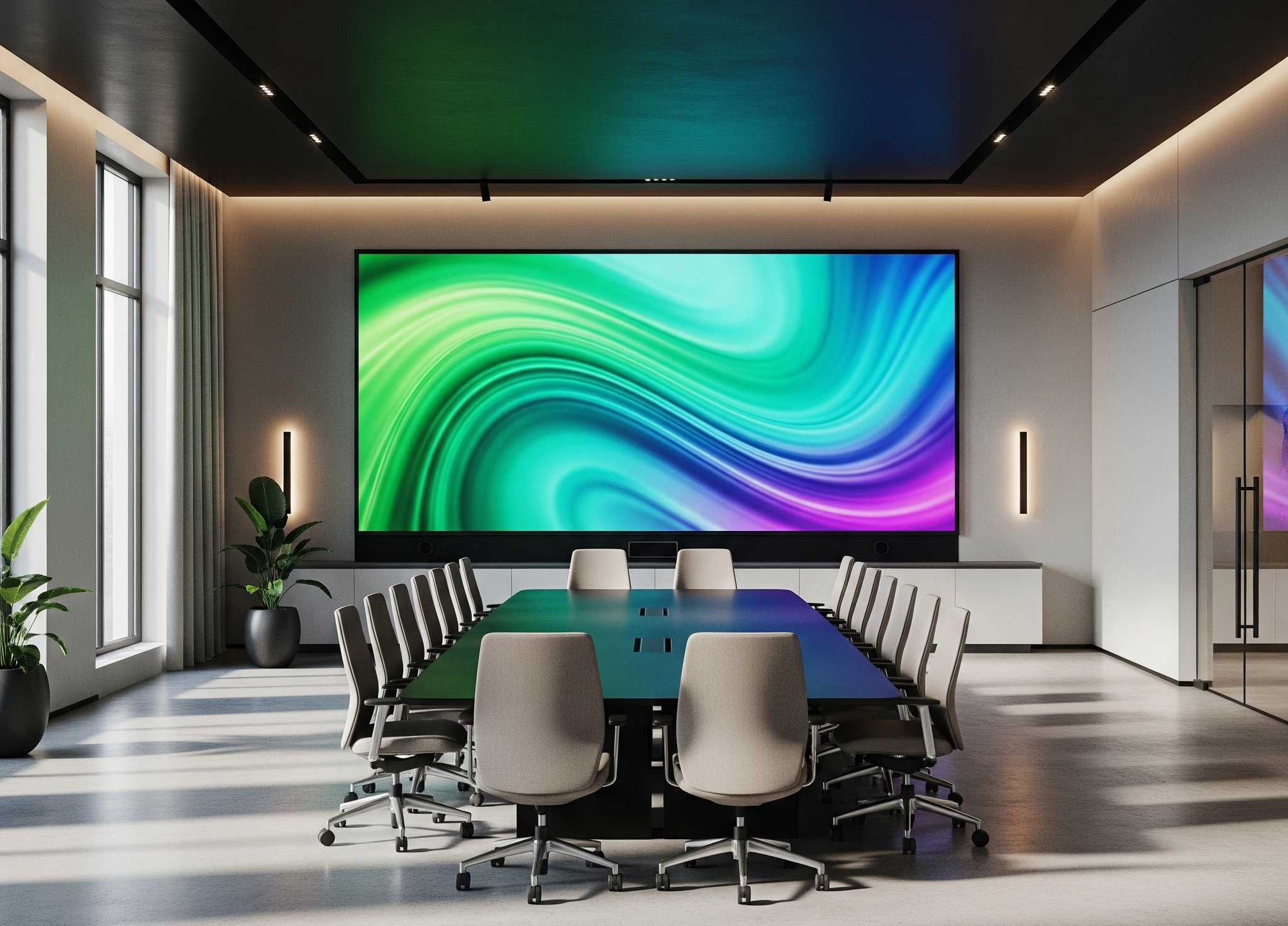The Great Display Wars: From CRT’s Glow to the Micro-LED’s Microscopic Future
Today, we’re tracking the evolution of possibly the single most important piece of AV equipment: the screen.
For decades, the screen was a bulky glass box with a deep, humming magic inside. Today, it’s a wafer-thin pane of light and colour you can roll up and put in a tube. The journey from the Cathode Ray Tube (CRT) to the emerging Micro-LED is a spectacular tale of technological leapfrogging—a display war fought over brightness, black levels, and the last millimetre of thickness.
Here is a look at the key moments that defined the display industry and what we're looking at in the near future.
Generation 1: The Heavyweights (1897 – 2000s)
This era was defined by the first viable electronic displays—devices that were bulky but utterly transformative.
The CRT (Cathode Ray Tube) was invented in 1897 and used an electron gun to fire beams onto a phosphorescent screen. It served as the workhorse of AV for a century, offering excellent motion handling but was physically heavy and limited in size.
Next came the Plasma Display, invented in 1964, which used tiny cells filled with ionized gas to create light. Plasma strongly challenged the CRT in the early 2000s, becoming popular for large screens and offering superior contrast and deep black levels.
The ultimate market victor of this generation was the LCD (Liquid Crystal Display), also invented in 1964. LCD technology uses liquid crystals to block or pass light from a separate backlight source. This design allowed screens to be much thinner, lighter, and more energy-efficient, quickly replacing CRTs as the standard for consumer electronics.
Generation 2: The Self-Emitting Revolution (2000s – Today)
This is the era where the pixels learned to make their own light, fundamentally changing picture quality.
OLED (Organic Light-Emitting Diode)
OLED, developed in 1987, entered the mainstream in the 2000s. The core concept is that each pixel is made of an organic compound that emits its own light when an electrical current is applied. The breakthrough here is that pixels can be turned completely off, allowing OLED to achieve "infinite" contrast and perfect black levels—a game-changer for cinematic viewing. This technology also allows for incredibly thin and even flexible screens. The main drawback is that, because the material is organic, OLEDs can be susceptible to burn-in (image retention) and often can’t reach the peak brightness of backlit displays.
QLED (Quantum Dot LED)
QLED is not a self-emitting technology, but a significant enhancement of the traditional LCD. It uses a film of Quantum Dots (tiny semiconductor particles) placed in front of an LED backlight. This is the breakthrough: the dots dramatically purify the light from the backlight, leading to vibrant colours and exceptionally high peak brightness that can compete in sunlit rooms. QLED still requires a backlight, however, meaning the black levels, while excellent, cannot be truly perfect like OLED.
Generation 3: The Microscopic Future
This is where the industry is heading—a technology that seeks to combine the best features of all its predecessors.
Micro-LED
First realized in the 2000s, this technology uses millions of microscopic, inorganic LEDs—one for every single pixel. The breakthrough is that Micro-LED is self-emissive (like OLED) but uses inorganic materials (like standard LEDs). This gives it the perfect blacks of OLED combined with the extreme brightness and longevity (no burn-in risk) of LED. It's truly a "best of both worlds" scenario. Micro-LED is currently used primarily for massive commercial displays (think corporate lobbies or giant home theater walls) because of the complexity and cost of manufacturing at smaller consumer sizes. It’s also seen as the future of high-brightness, high-durability displays for automotive and AR/VR devices. As manufacturing costs drop, Micro-LED is projected to be the next generation of high-end consumer TVs.
The display wars are far from over. Today, you choose between the cinematic contrast of OLED and the dazzling brightness of QLED. Tomorrow, the microscopic perfection of Micro-LED promises to render that choice obsolete.
Chip - BG AudioVisual




